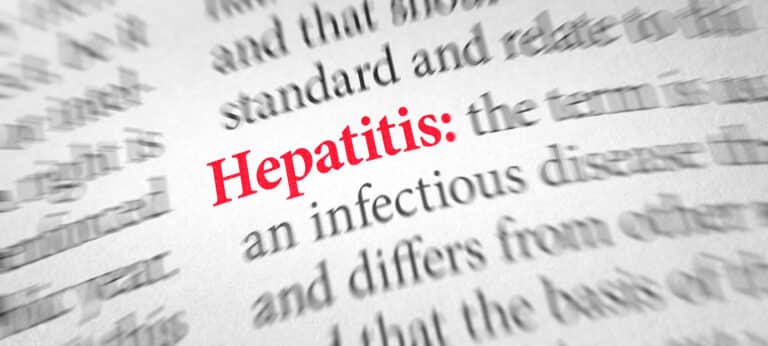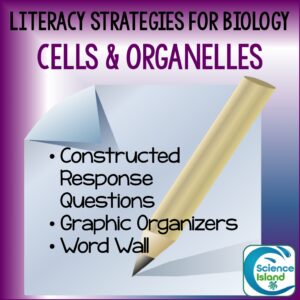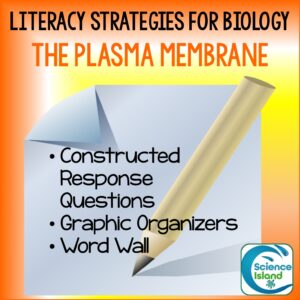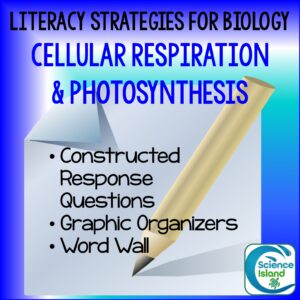
Menu
The short answer is YES!
If you’ve used graphic organizers at all, I’m sure you’ll agree. In general, students enjoy the visual nature of graphic organizers. Writing in various shapes and maybe even color-coding brings out their enthusiasm for what could otherwise be fairly mundane assignments. It’s simple, but it works!
Graphic organizers can be a fantastic addition to your literacy strategies toolbox. Used before, during, and after reading, students can use them to summarize information, sequence events, show relationships, record and manage details, identify key points and ideas, and list examples. Handling concepts in this way not only improves student understanding of content area reading but also prepares them for writing about what they’ve learned.
I’ve long been a fan of graphic organizers, but I’m not alone. The Institute for the Advancement of Research in Education (IARE) at AEL concluded the following benefits of using graphic organizers:• Reading comprehension. The use of graphic organizers is effective in improving students’ reading comprehension.
However, simply pulling out the occasional Venn diagram may not be sufficient to improve student literacy. A report from the College of William and Mary School of Education in June of 2014 states “…simply using a graphic organizer does not guarantee enhanced student understanding or achievement. Research and best practices have shown that, for graphic organizers to be effective instructional tools, several factors must be addressed. First, the graphic organizers need to be very straightforward and coherent. Next, students must be taught how to use the graphic organizer. Finally, teachers should consistently use graphic organizers during all aspects of instruction so that students begin to internalize the organizational skills of the graphic display.” (http://education.wm.edu/centers/ttac/documents/packets/graphicorganizers.pdf)
I have 3 “Literacy Strategies for Biology” products that include graphic organizers along with constructed responses and word walls to help you meet literacy objectives.
My Cells and Organelles resource covers the concepts of the cell theory, eukaryotic and prokaryotic cells, plant and animal cells, and organelle functions.

Literacy Strategies for Biology: Plasma Membrane covers the structure and function of the plasma membrane, passive and active transport, osmosis, and cell tonicity. These can be pretty tough concepts for students to grasp, but the strategies included in this product will help with comprehension and retention.

And, my Cellular Respiration and Photosynthesis strategies cover the key events in each process as well as their relationship to each other.

I also have this set of graphic organizers that can be used for just about any topic.

Happy Teaching!
Aloha,
Carla

Sign Up for the Science Island Newsletter and Free Resource Library.
Then check your email to confirm your subscription.